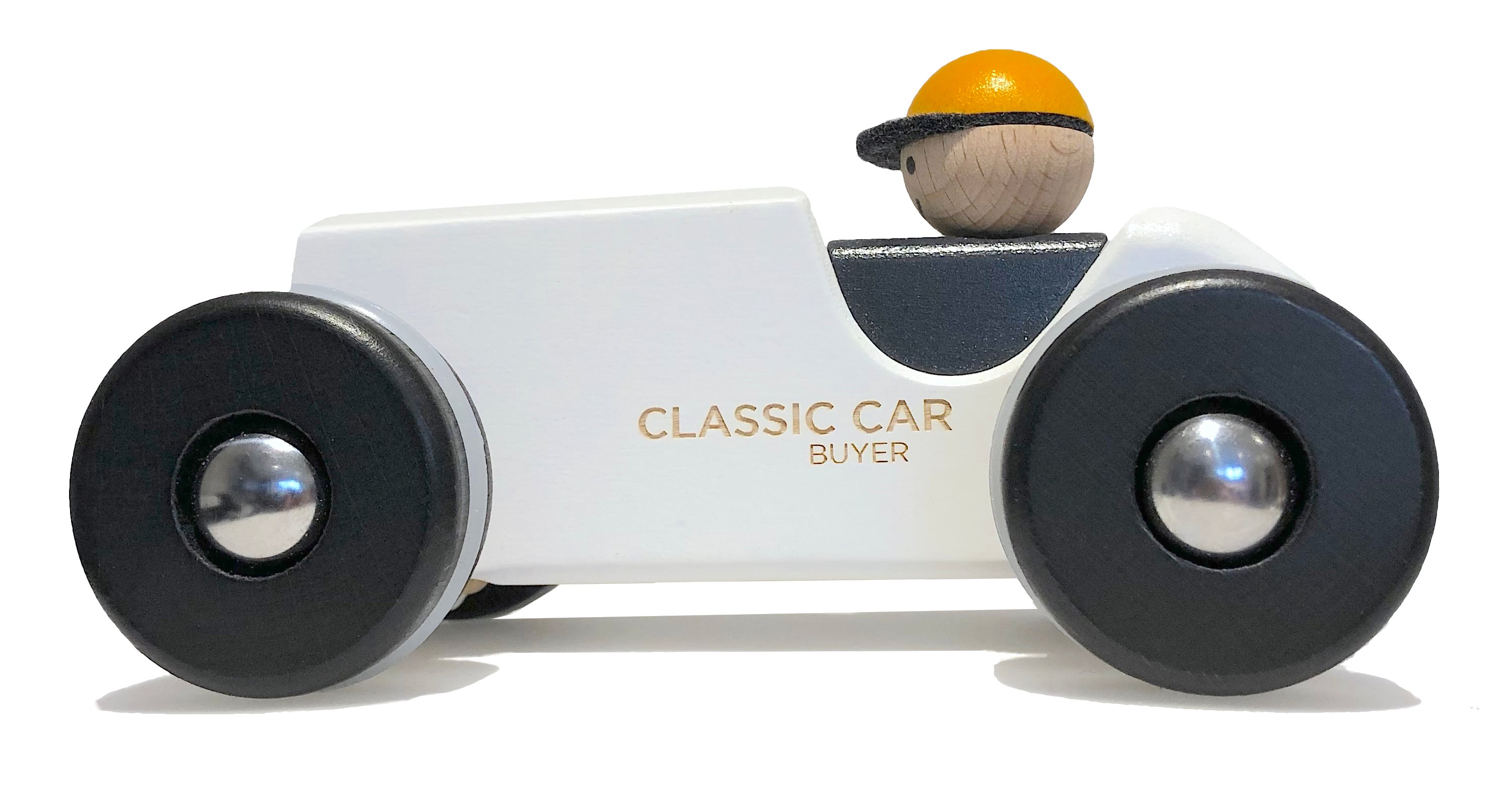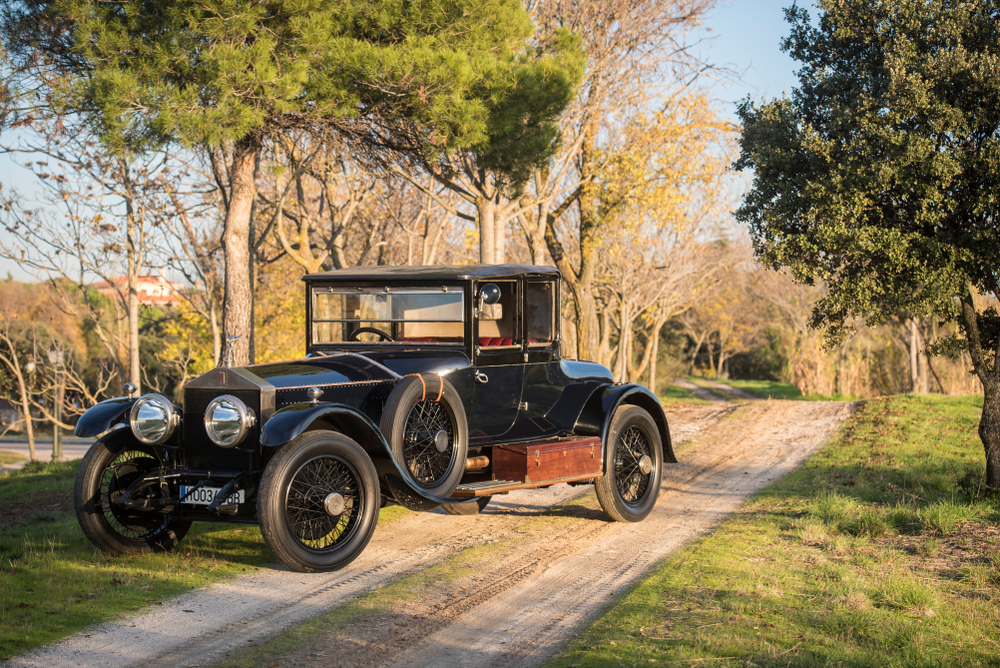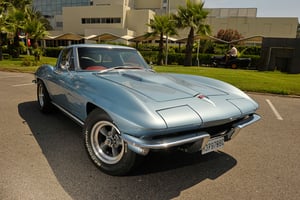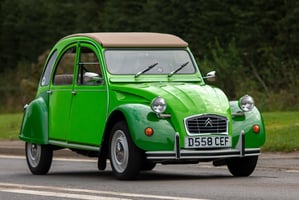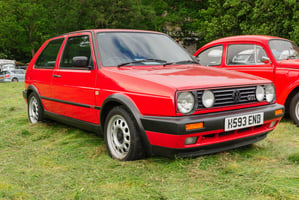Ahh, the Chevrolet Corvette… with its sleek design, powerful performance and rich history, this...
In a time of high-tech composites and cold steel, it’s easy to forget that some of the most beautiful and iconic cars ever made began life not on a factory floor, but in a carpenter’s workshop. Yes, we’re talking about wooden frame cars - those masterpieces of motoring that blend engineering and craftsmanship in equal measure.
Originally popular in the USA, the early wooden car was a modern interpretation of an earlier horse-drawn wagon called a shooting brake, which was made entirely of wood and was used to transport hunting goods, gun racks and also ammunition on shooting trips.
Far from being old-fashioned or flimsy, timber (particularly ash) was loved for its lightweight strength, natural flexibility and ability to withstand stress and vibration. And in the hands of skilled coachbuilders, it became the very skeleton of some of the most beloved ‘woodie’ classics in history.
Here are three of the best wooden frame classic cars that still turn heads today…
Morgan Plus 4
If any car brand has made a name for itself by keeping wood alive in modern motoring, it’s Morgan. Based in Malvern, this quintessentially British brand has been building cars with ash wood frames since 1910 - and continues to do so today.
The Morgan Plus 4 and later Plus 8 models combine a steel chassis with an ash wood frame that supports the bodywork. It’s not a gimmick, as the wood is structural, forming the basis for the car’s classic curves and surprisingly taut handling. The result is a featherlight, charming sports car that can still give modern motors a run for their money.
Morgan’s commitment to craftsmanship means every car was, and still is, built largely by hand, and each one carries with it a sense of occasion (and a faint whiff of linseed oil, apparently).

Rolls-Royce Silver Ghost
A bit of luxury, the old-fashioned way. The Rolls-Royce Silver Ghost, produced from 1906 to 1926, is often hailed as one of the finest cars ever built, and its use of wood played a crucial role in both its structure and opulence. The chassis was constructed from steel, but the coachwork, typically crafted by bespoke coachbuilders such as Barker or Hooper, often featured beautifully-finished wooden frames and interior panelling. Rich hardwoods like mahogany and walnut were used throughout the cabin, from the polished dashboards to the well-crafted trim and folding tables.
This luxurious use of timber not only showcased Edwardian elegance but also reflected the craftsmanship and attention to detail that Rolls-Royce became famous for.
The Silver Ghost was a beauty, indeed.
And just look at that wooden storage box, too... great place to put your sandwiches (and Champagne).

Morris Minor Traveller
The family estate with a wooden soul…
First introduced in 1953, Morris took the already popular Morris Minor and added a charmingly quirky wood-framed estate rear.
The ash frame on the Traveller is not just decorative; it’s load-bearing, forming an integral part of the car’s rear body. Between the timber sits aluminium panels, and unlike some other classics, the wood here is fully visible, giving the Traveller its iconic ‘woodie’ look.
Practical and affordable, and undeniably endearing, the wood-framed ‘Moggy’ Traveller was a family favourite for decades. And today, it’s a classic that’s loved just as much for its character as its craftsmanship, with dedicated owners knowing that a bit of regular wood care is part and parcel of the experience of owning one. Without this, the structural wooden frame can deteriorate quite quickly if it’s neglected, and some of them unfortunately do suffer from rot these days.

We think you’ll agree - these cars certainly remind us of a time when craftsmanship and natural materials were just as important as performance.
The use of wood wasn’t just a necessity, for example during war time and as a result of a lack of supplies - it was also an art form, and these cars are certainly something of beauty to this day.


